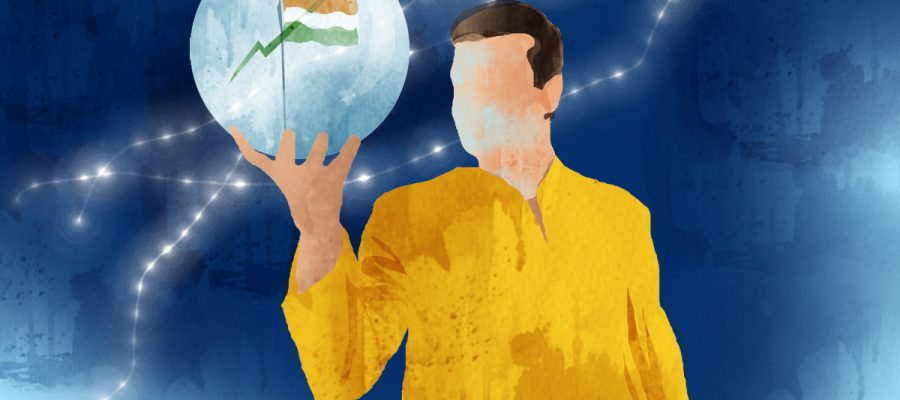‘With a solid investment programme and sustainable development strategy, India can exceed 7 per cent growth per year, or a doubling of high-quality national income within a decade.’
India can hold the role of being the world’s fastest-growing major economy over the next decade and sustain at above 7 per cent gross domestic product growth, says renowned economist Jeffery Sachs, director of the Center for Sustainable Development at Columbia University and President of the UN Sustainable Development Solutions Network.
In conversation with Arup Roychoudhury/Business Standard on the sidelines of the Group of Twenty Sherpa meeting in Kumarakom, Professor Sachs says the global economic outlook for 2023 has been made more difficult due to the current financial crisis and that the G20 nations need to cooperate on the issue.
The World Bank and regional development banks, he says, should be lending on a scale of about $1 trillion per year on climate financing, compared with the actual flows of just $100 billion-$150 billion per year.
What is your outlook for the current calendar year? On top of geopolitical upheavals, we also have a banking crisis. How much of an impact could that have on global growth?
2023 was already shaping up to be a difficult year, even before the banking crisis.
The war in Ukraine, the worsening relations between the US and China, the Western sanctions regime, the stagflationary aftershocks of COVID-19, and the rise of interest rates in the US, all pointed to a difficult year.
The banking crisis worsens the picture. Either the G20 cooperates or the crisis will deepen.
Cooperation should start with a negotiated end to the war, a reduction of geopolitical tensions, and a readiness to work together on financing a green, sustainable period of global development.
In all this, India is seen as a bright spot. What is your view on India’s growth story?
India is now the fastest-growing large economy in the world and can hold that role during the coming decade.
The key is to keep up a high and rising rate of investment in four areas: Human capital like education and health, green energy like solar, hydropower, and others, urban infrastructure like water, sanitation, public transport, and digital transformation.
With a solid investment programme and sustainable development strategy, India can exceed 7 per cent growth per year, or a doubling of high-quality national income within a decade.
Has enough been done to meet the Paris Agreement goals so far? Where do you see the gaps?
There are two huge shortfalls in the global follow-up to the Paris Agreement.
The first is the lack of long-term planning by governments.
The energy transformation requires a clear road map at the national and regional level for 25 years, essentially up to 2050.
Second, the energy transformation requires long-term financing at low-interest rates and long maturities.
The global and regional development banks, such as Asian Development Bank and New Development Bank, should considerably increase the pace of their financing.
The rich countries should increase the paid-in capital of these banks.
Taken together, the World Bank and the regional development banks should be lending on a scale of around $1 trillion per year, compared with the actual flows of just $100 billion-$150 billion per year.
What are your views on the ambitious net-zero goals set by Prime Minister Narendra Modi?
India is at the forefront of digitalisation of the economy and can soon be at the forefront of a massive scale-up of solar power and other zero-carbon energy solutions.
India should be a global mass producer of low-cost photovoltaics, as well as one of the world’s largest implementers of renewable energy solutions.
All vehicles in India should go electric. With this technology-based approach, India can achieve decarbonisation together with very rapid economic development.
What are your views on India’s success in digital public infrastructure?
India has shown how to deploy digital infrastructure for rapid economic development.
India’s economy is currently expanding at around 7 per cent per annum, the fastest rate for any large economy in the world, and much of that growth is the result of the massive uptake of digital solutions.
The Indian unique digital identity programme (Aadhaar), combined with online banking, low-cost devices, and massive uptake of digital broadband by hundreds of millions of people, is a major part of India’s accelerated growth.
It will also be a platform for India’s large-scale exports of digital services in the future.
As a crucial case, what India is learning about digital services will be of profound benefit to Africa’s sustainable development.
The India-Africa link will be strengthened in future years, in a win-win for business, trade, development, and global cooperation.
Source: Read Full Article

